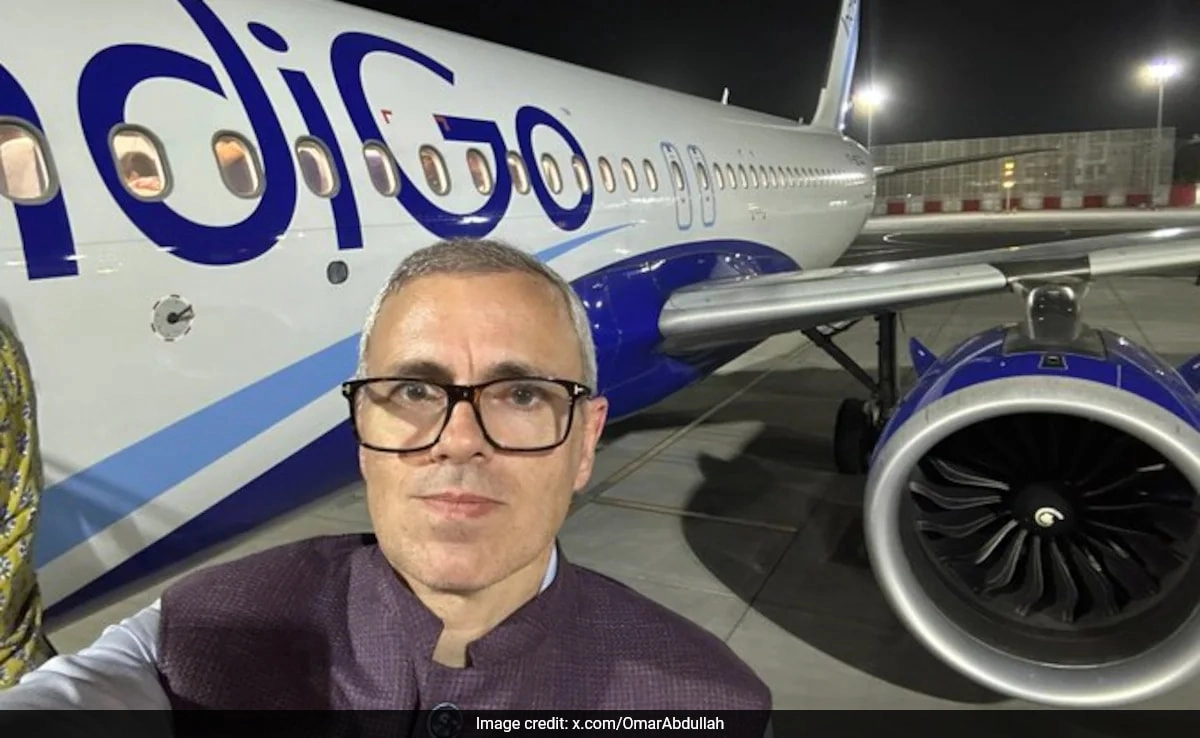The recent political discourse between Himanta Biswa Sarma, the Chief Minister of Assam, and Mamata Banerjee, the Chief Minister of West Bengal, has brought the issue of mother tongue and demographic representation to the forefront. Sarma has been vocal about the significance of promoting Assamese as the primary medium of instruction in schools, emphasizing the importance of cultural identity and linguistic heritage in a diverse nation like India. He argues that a strong emphasis on the mother tongue fosters a sense of belonging and pride among students, which is crucial for their overall development. This stance is particularly relevant in Assam, where multiple ethnic groups coexist, and the promotion of Assamese is seen as a way to preserve local culture and traditions.
On the other hand, Mamata Banerjee has countered this viewpoint by arguing for the recognition and inclusion of Bengali, as well as other regional languages, in educational frameworks. Her administration has been a staunch advocate for linguistic diversity, underscoring that in a multicultural society, it is essential to celebrate and uphold various languages. Banerjee’s perspective reflects the demographic realities of West Bengal, where Bengali is not only the dominant language but also a significant part of the state’s identity. By promoting Bengali, she aims to ensure that students feel connected to their roots while also advocating for the rights of linguistic minorities within the state.
The debate between these two leaders highlights a broader conversation about how language influences identity and belonging in a multicultural nation like India. While Sarma’s focus on Assamese aims to strengthen regional pride, Banerjee’s commitment to linguistic diversity seeks to ensure that all voices are heard and represented. This clash of ideologies not only reflects the political dynamics of Assam and West Bengal but also resonates with larger questions about nationalism, state identity, and the role of language in shaping societal values. Ultimately, the outcomes of these discussions may shape educational policies and influence how future generations perceive their cultural heritage and identity within the Indian context. As these leaders continue to navigate the complexities of language and demographics, the implications for regional politics and social cohesion remain significant.




